It is, of course, an excellent thing and a mark of social progress when an institutional bastion falls to woman-power. If the days are gone when the upper echelons of UK diplomacy were closed to women then so much the better, when a woman who married had to leave the service, and when female diplomats — with the honourable exception of Pauline (now Baroness) Neville-Jones, who resigned after being passed over for Paris — knew better than to hope for the top postings. The 21st century requires no less: entry on equal terms to the men, progression on equal terms to the men, and access to the most senior jobs on equal terms to the men.
But the way the Foreign, Commonwealth and Development Office announced the appointment of Menna Rawlings as the UK’s first-ever female ambassador to France last week, and then added the news that, with her appointment, all the UK’s top diplomatic postings are now held by women left me feeling slightly uneasy — and not only because the parade of smartly dressed, smartly coiffed (white) womanhood illustrating this great leap for womankind had more than an echo of Blair’s babes. Where politics has led, diplomacy lags only a couple of decades behind.
Now there may be nothing to worry about. For women to head the UK’s missions not just in Paris and Washington, but in the other four G7 capitals as well, is a huge advance. Add in the other two Five Eyes intelligence-sharing countries, Australia and New Zealand, as well as the UN and Moscow, and women’s new dominance of the top jobs may simply reflect the reality that women had, in the past, to be ‘better’ than the men to get into the diplomatic corps in the first place — and that, with barriers to their advancement removed, they are now reaping their just rewards.
Nor is it necessary to subscribe to the ‘better than the men’ argument to accept that a fairer entry and promotion policy in the FCDO may now be bearing fruit. In other words, what seems like a sudden arrival of so many women in the UK’s most senior diplomatic posts could be the entirely logical result of Foreign Office efforts to create a real level-playing field in both recruitment and advancement. All that has happened is that the women have caught up, after years of preferential treatment for men.
And good for them. There are strong characters among them, with stellar track records. They are all individuals, and — at best — their promotion demonstrates how much talent and expertise the Foreign Office was missing all this time. In which case, it’s a win-win, and a belated bravo all round.
But there was something in Foreign Office boast that all the top jobs in the service were now occupied by women that suggested an element, at least, of following fashions — even of targets set and plans perhaps exceeded. The Foreign Office seemed to be putting itself about not just as an ‘equal opportunity’ employer, but something more than that. America-style ‘affirmative action’, perhaps, which risks breeding resentment even when handled with very great care.
It might also be worth asking how much has actually changed beyond the gender of those in the top jobs. A glimpse at the CVs suggests that the vast majority come from a similar top draw of school and universities to the one that produced the men they have mostly succeeded. A first degree at Cambridge followed by a master’s or diploma from the LSE would seem to be a good recommendation for aspiring diplomats.
You may also note from the pictures that there is not a lot of ethnic diversity. I know that the FCDO has made big efforts to widen its intake and its appeal, and it may be that this aspect is lagging a little behind the advancement of women. But it will be worth watching to see how far and how fast the Foreign Office really comes to resembling today’s Britain.
Something else worth watching will be the response, if any, from mid-career men in the Foreign Office — beyond the requisite PC praise for the women who, they will doubtless say in public, have thoroughly deserved their success. Might they perhaps start to reconsider their career choice, calculating that for at least the next decade or so there will be fewer top jobs open to them? Why slog through the less amenable postings and the hard languages training if Washington and Paris are, as they might see it, out of reach for the foreseeable future?
Budding female diplomats might well retort that the men are now getting a taste of their own medicine. But it will be interesting to see whether high-flying men might start to vote with their feet — opting either for another branch of government service or a different career altogether. Diplomats have skills that can transfer well to the private sector, though leavers might have some hard choices to make about forsaking the job security, gold-plated pensions — and school fees.
It should also be said that some of the key posts in the FCDO, the posts where much of the real power lies, remain in male hands. Sir Philip Barton is permanent under secretary (i.e. head of the service); Sir Tim Barrow is the political director, and there has only ever been one female foreign secretary, Margaret (now Dame Margaret) Beckett — and she kept the job barely a year.
How far women will continue to sweep the board in the Foreign Office will of course depend on how they acquit themselves as ambassadors — to which the standard answer might be, as well and as variously as the men. But there is another consideration. Might foreign policy generally be moving in a ‘feminine’ direction, with the soft skills conventionally associated with women more in demand than before?
One flaw in this argument is that female political leaders can be at least as tough as the men. And I remain to be convinced that men and women necessarily approach diplomacy differently — indeed, I would regard one feature of the UK Foreign Office as its phenomenal ability to re-make those it recruits, from whatever background, in its own image. But it is increasingly observed that women — although prominent in peace movements — are rarely to be found around the negotiating table, or in a mediating role. Could the triumph of the women in the Foreign Office herald the arrival of more women at these particular top tables? Over to you, Your Excellencies!<//>
Got something to add? Join the discussion and comment below.
Get 10 issues for just $10
Subscribe to The Spectator Australia today for the next 10 magazine issues, plus full online access, for just $10.

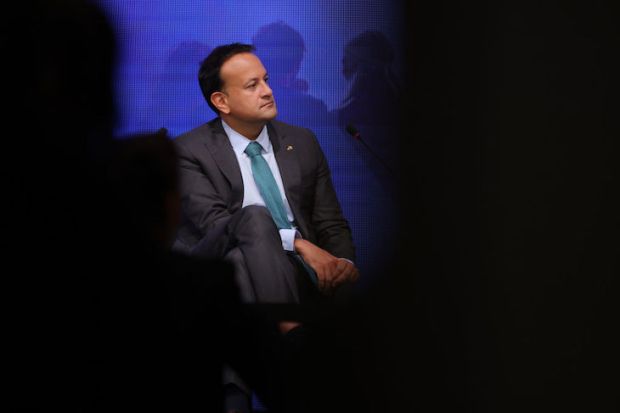
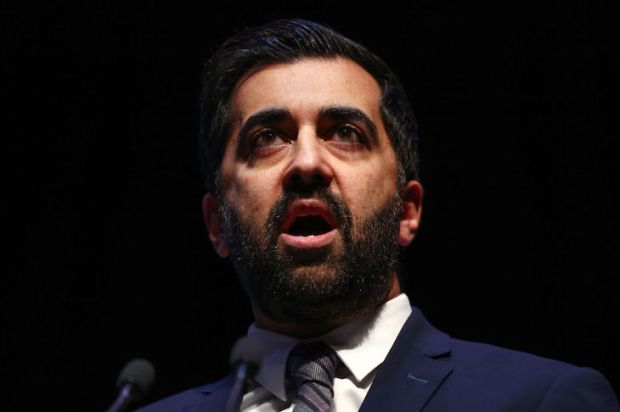
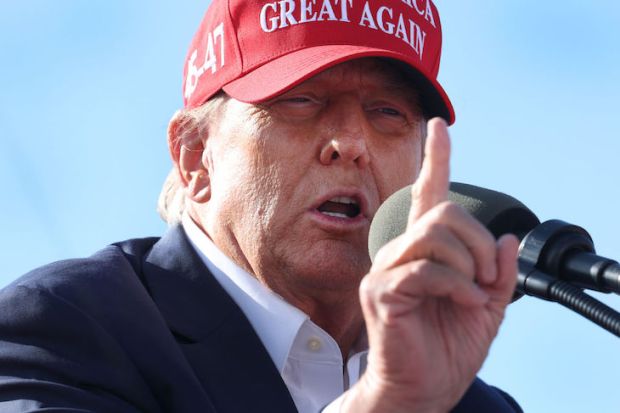
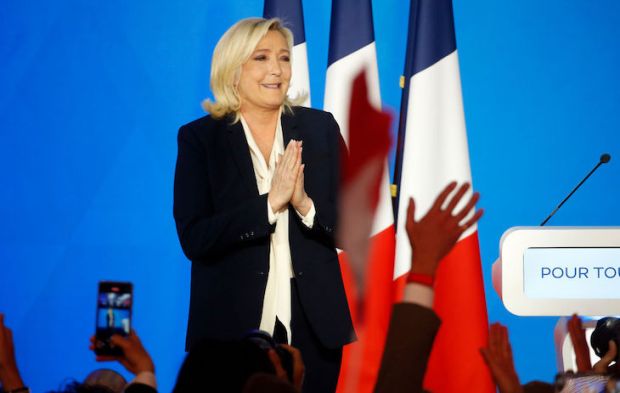
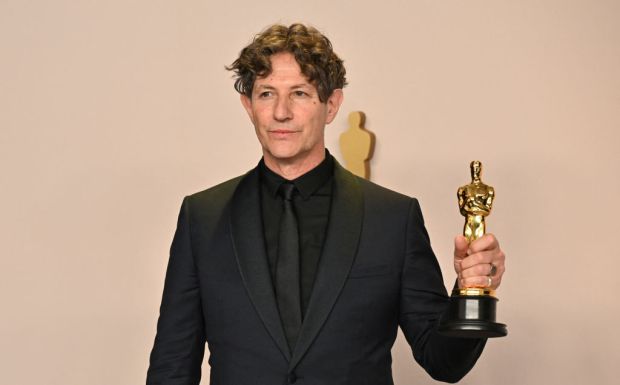
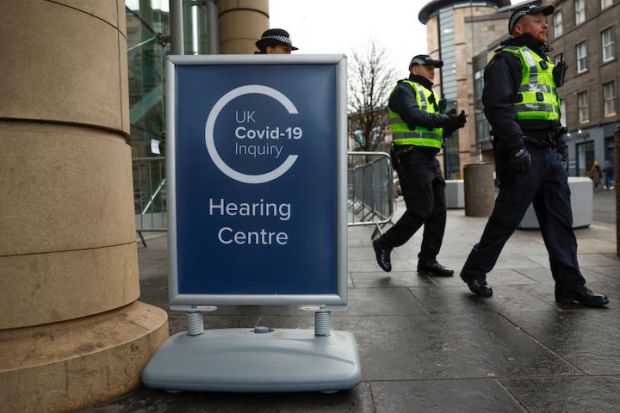











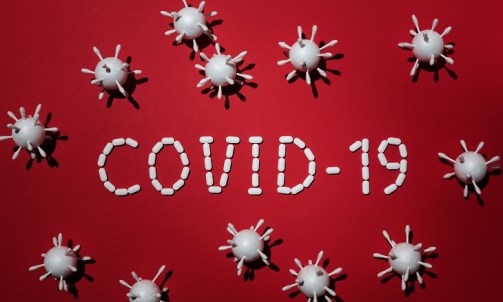
Comments
Don't miss out
Join the conversation with other Spectator Australia readers. Subscribe to leave a comment.
SUBSCRIBEAlready a subscriber? Log in